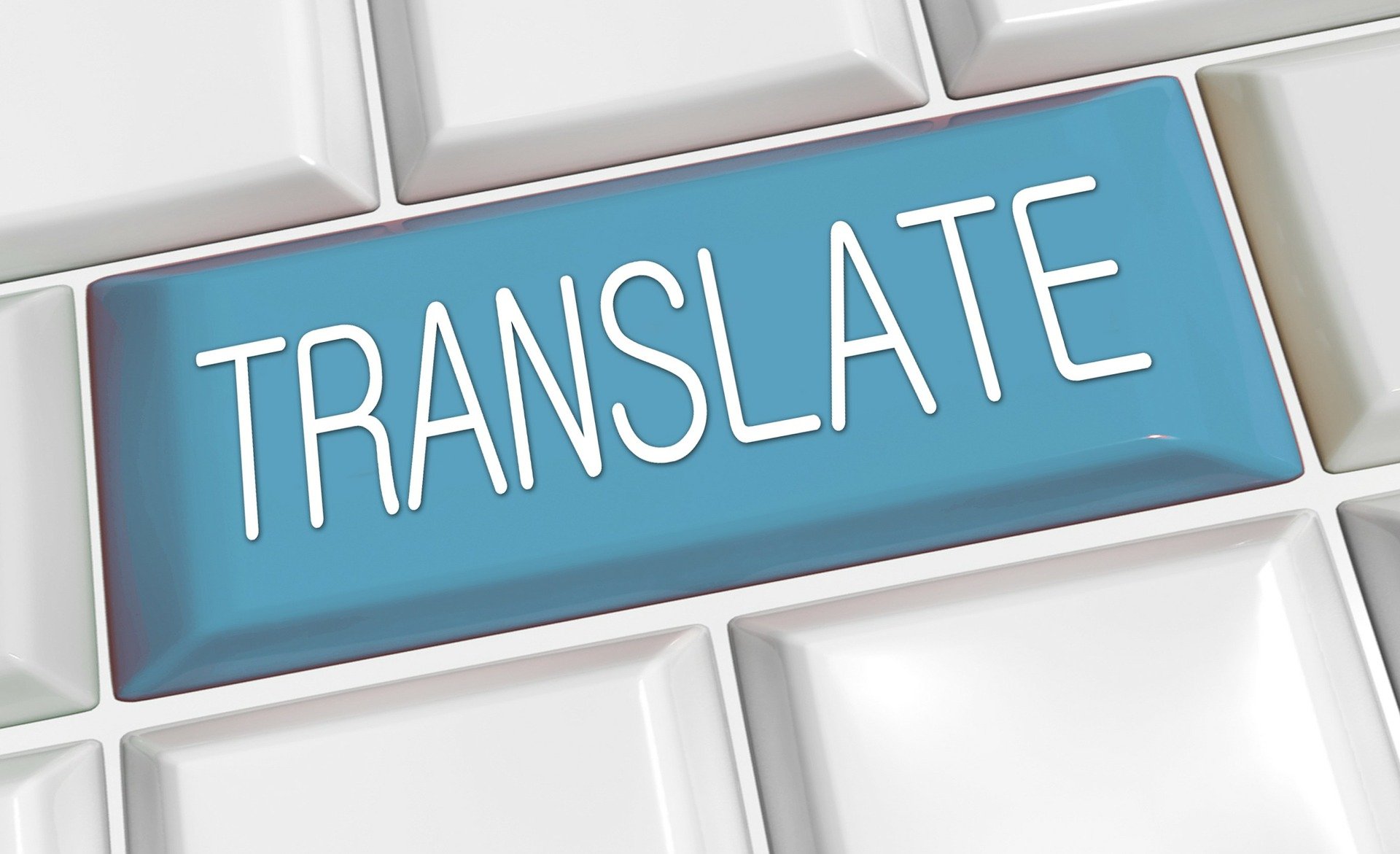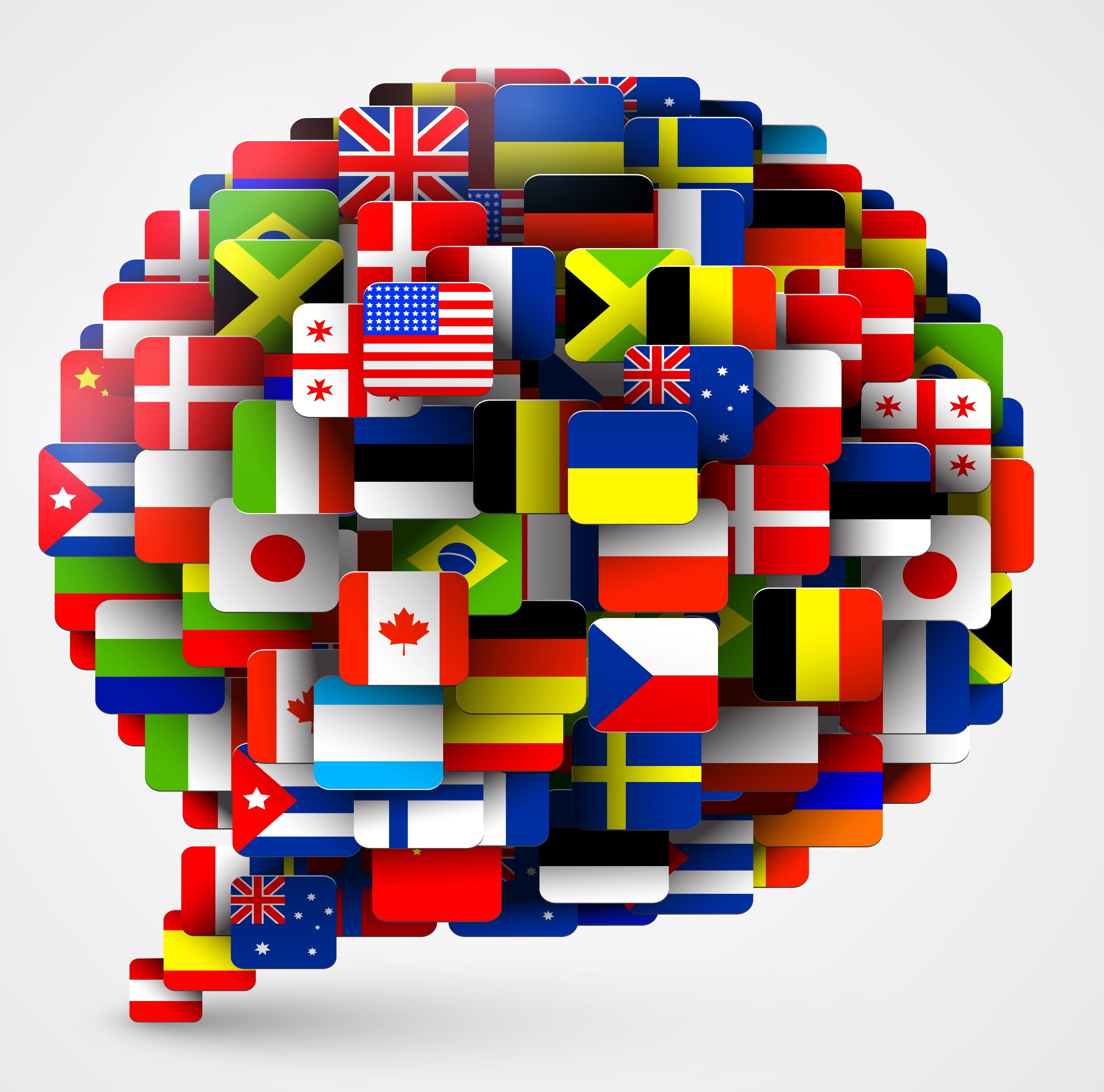Listen to Audio Version:
In today’s installment of our multilingual marketing series we are going to talk about making sure your marketing material is culturally appropriate when expanding into foreign markets. Obviously you need to translate marketing and advertising materials into the language of the new country you are targeting, but this is not the only consideration. The cultural norms and practices should be considered, the pictures in your advertisements should look as if they were taken locally and with the right ethnicity of models for the market, and believe it or not, even the colors you use in your packaging, pictures, advertisement and inserts should be carefully chosen. Below are our tips for things to think about when creating marketing materials to use globally.

Consider BOTH Globalization and Localization
-
Globalization is the use of one language to convey a message in all parts of the world that speak that language – for example Spanish can be used in Spain, Peru, Chile and other countries.
-
Localization means that every facet of translated material must be presented in an acceptable and understandable format to a specific geography, culture or community. For example, in France, you might see the Eiffel Tower and all prices would be in francs.
In multilingual marketing, many companies globalize their brand name after testing it. Questions such as the following need to be asked: Does the brand translate well and appropriately? Does it still convey the right meaning? Coca-Cola had a mishap in China when their brand name was incorrectly translated as “bite the wax tadpole.” A slight adjustment saved the launch and the global brand.
Localization reaches specific regions that speak a language, and makes sure your message, product and advertising are culturally appropriate and acceptable. As an example, in 1987 Braniff Airlines wanted to promote their upgraded leather seats to their Spanish markets using the same slogan they were using in the US, “Fly in Leather”. The slogan did fine throughout most of Latin America, but in Mexico the translation, “Vuela en Cuero,” gave a much different connotation. In the Mexican Spanish, this means “Fly Naked”. While “Fly Naked” is memorable, it was not the intended message.
Culturally Appropriate Advertising and Graphics
Remember the old saying, “A picture’s worth a thousand words?” When it comes to multilingual marketing and localization, a picture may represent different meanings. Graphics, screenshots, and photographs always need to be reviewed for appropriateness. A review needs to check for models of the same race or culture, locations in the region, appropriate animals and numbers. A photo of a woman scientist with her hair tied in a ponytail while she’s using a microscope might be offensive in an Arabic culture where women are expected to wear headscarves. Or consider the incident of a well-distributed magazine about diversity and opportunity for African Americans featuring an Allstate full-page ad with a glowing white family leaning out the car windows. The pictures need target the right audience and reinforce the ad copy. People notice these errors in advertisements, as well as identify foreigners in local publications.
Even Colors Should be Culturally Appropriate
Colors carry significant meanings across cultures. For example, in Western cultures the color white means purity, innocence, cleanliness and goodness: a typical for brides. In Asian cultures white symbolizes death, mourning and bad luck, and is worn at funerals. In the US the color yellow is cheery and happy, but in China yellow is associated with the material being pornographic. In France yellow signifies jealously, betrayal, weakness, and contradiction. As you can see, colors have very different associations and meanings across the world. Read more about what colors mean in various cultures in this article by the Huffington Post.
Read more in our Essential Guide to Translating Marketing Materials.
Keep Marketing Materials Nonspecific and Straightforward
Finally, unless you plan on changing the marketing copy for each country that speaks the same language, do not make specific references to a particular geographic area or local customs. Also, as we discussed in the last blog, Writing for Multilingual Marketing Translation, use copy that is not tricky or humorous. Humor, colloquialisms and idioms translate poorly and cause confusion in different cultures or even different regions of the same country. Do you say “jimmies” or “sprinkles”; “scallions” or “green onions”; “soda”, “pop”, “soft drink”, or “coke” for any fizzy drink?
And, then the story of Coors. When they tried to use their slogan “Turn it Loose” in Spain it did not go over as expected. The American slang did not translate well because in Spain the phrase meant “Suffer from Diarrhea.” NOT a slogan Coors wanted associated with their beer.
To get the right message and feeling across in your marketing translation it is important to consider all these factors and work with an experienced, reputable translation agency who can guide you toward the best words/visuals for your new market and test brand names/slogans to ensure accuracy and appropriateness.
Join us next time when we’ll be talking about Website Translation for Multilingual Marketing.
Rapport International specializes in multilingual communications, providing language translation and interpretation services that are accurate and culturally appropriate. We use the right voice and the correct terminology to avoid liability, customize services to your needs, and deliver on time and within your budget. With our 100% satisfaction guarantee, you can trust that it’s done right. Contact us today if you would like more information or to get a free quote.
Popular Posts
Popular industry news, interviews, technologies, and resources.

















